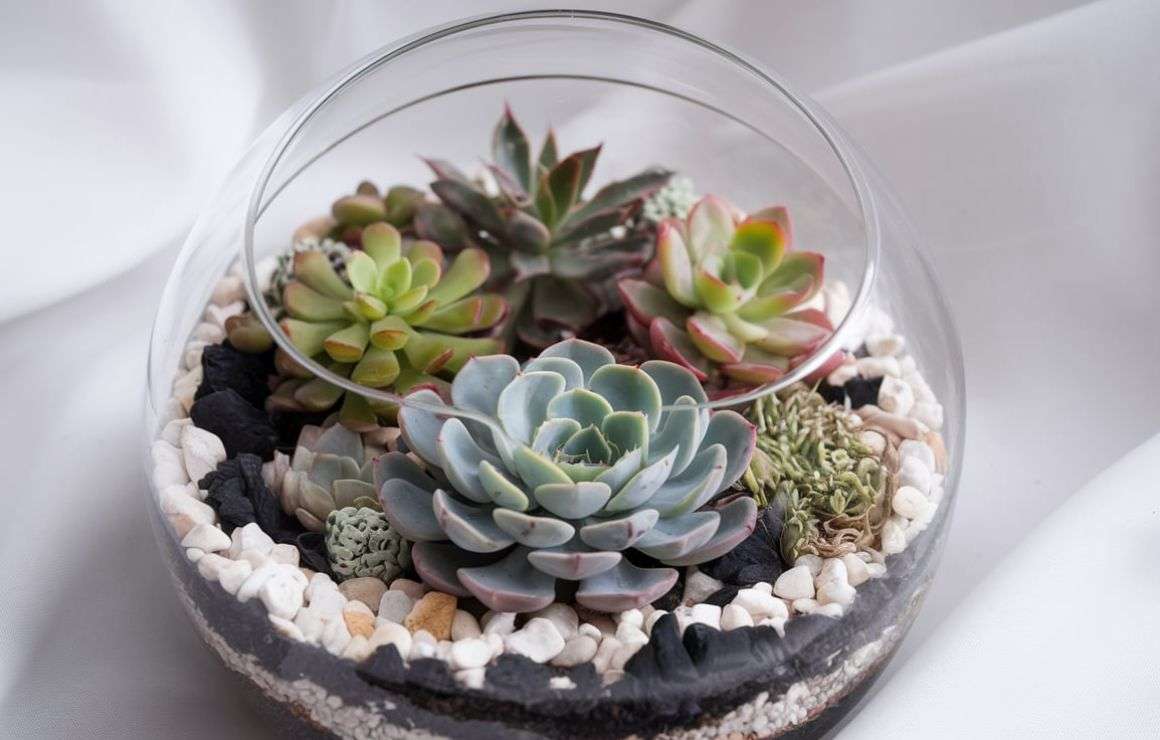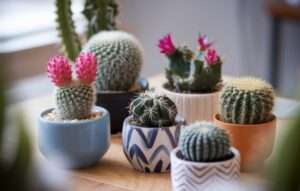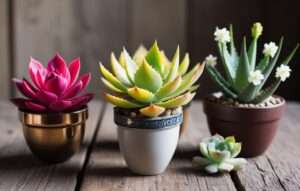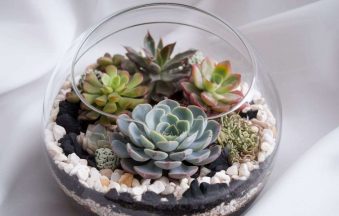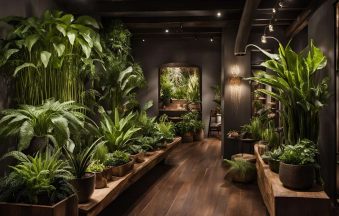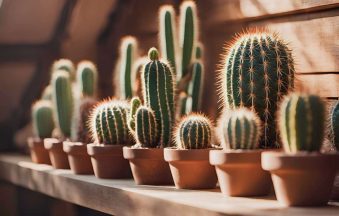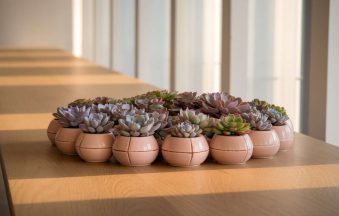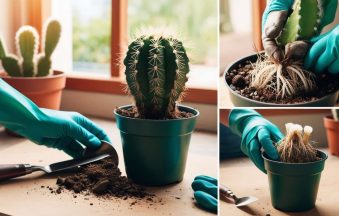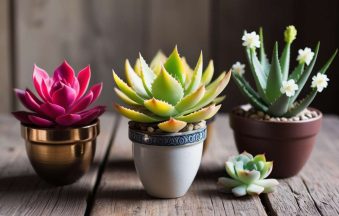How to Create a Succulent Terrarium
Succulent terrariums are an excellent way to bring a touch of nature indoors without the hassle of high-maintenance plants. Not only are they beautiful, but they’re also perfect for beginners and plant enthusiasts alike. In this comprehensive guide, we’ll walk you through everything you need to know to create your very own thriving succulent terrarium.
What is a Succulent Terrarium?
A succulent terrarium is a miniature garden enclosed in a glass container, showcasing the beauty of various succulent plants. Succulents are well-known for their ability to store water in their thick leaves, making them ideal for dry environments. When placed in a terrarium, these plants create an aesthetically pleasing, low-maintenance garden that can thrive indoors.
Benefits of Having a Succulent Terrarium
Succulent terrariums offer several benefits:
- Low Maintenance: They require less water and care compared to other houseplants.
- Decorative Appeal: Their compact size and variety of textures make them excellent decorative pieces for homes and offices.
- Air Purification: Succulents naturally purify the air by removing toxins, making your environment healthier.
- Relaxation: Caring for a terrarium can reduce stress and provide a calming hobby.
Materials Needed
Before you begin, you’ll need to gather some essential materials:
- Glass Container: Choose an open or closed terrarium depending on your preferences. Open containers work best for succulents, as they allow for airflow.
- Pebbles: These will act as the drainage layer to prevent water from pooling at the bottom.
- Activated Charcoal: Helps to filter the air and keep your terrarium fresh.
- Succulent Soil Mix: Use a well-draining soil mix specifically designed for succulents.
- Decorative Stones or Moss: These can add aesthetic appeal to your terrarium.
- Succulent Plants: Pick a variety of shapes, colors, and sizes for visual interest.
Best Types of Succulents for Terrariums
Certain succulents thrive better in terrariums than others. Some of the best options include:
- Echeveria: Known for its rosette shape and vibrant colors.
- Haworthia: A small, hardy plant perfect for tight spaces.
- Jade Plant: A common succulent that grows well in terrariums.
- Aloe Vera: Adds a unique texture to the mix and requires minimal care.
Step-by-Step Guide to Creating a Succulent Terrarium
How to Select the Right Container
Choosing the right container is crucial for the health of your succulents. While closed containers can create a humid environment, succulents thrive in dry conditions, so it’s best to use an open glass container to allow air circulation.
Preparing the Base: Soil, Pebbles, and Charcoal
Start by adding a layer of small pebbles at the bottom of your container to facilitate drainage. This prevents water from accumulating and causing root rot. After the pebbles, add a thin layer of activated charcoal to keep the soil fresh. Finally, place a layer of succulent-specific soil mix on top.
Proper Planting Techniques for Succulents
Gently remove your succulents from their pots, shaking off any excess soil. Make small indentations in the soil where you want to place each plant. Position your succulents in the soil, ensuring they are secure but not too deep.
Arranging the Plants for Visual Appeal
When arranging your plants, aim for balance and diversity. Place larger succulents toward the back and smaller ones in the front to create depth. Incorporate different colors and textures to make your terrarium visually interesting.
Watering and Maintaining Your Succulent Terrarium
Water your terrarium sparingly. Succulents are drought-tolerant, and too much water can lead to root rot. A light misting every two weeks is usually enough, but always check the soil’s dryness before watering.
Common Mistakes to Avoid
Overwatering or Underwatering
Succulents require less water than most houseplants. Overwatering is the most common mistake and can lead to root rot. Only water when the soil is completely dry.
Poor Light Conditions
Succulents need plenty of sunlight to thrive. Place your terrarium near a window where it can receive indirect sunlight for at least 6 hours a day. Without enough light, your succulents may become leggy and lose their compact shape.
Selecting Incompatible Plants
Ensure that all plants in your terrarium have similar care requirements. Some plants may need more humidity or water than succulents, leading to imbalances that affect their growth.
Tips for Long-Term Care
How to Water Succulents in a Terrarium
Terrariums don’t need frequent watering. Check the moisture level of the soil, and if it feels dry, mist lightly. Succulents can withstand drought, so err on the side of less water.
Light and Temperature Requirements
Succulents thrive in bright, indirect light. Make sure they get at least 6 hours of sunlight a day. Keep your terrarium in a warm area, as succulents prefer temperatures between 60-80°F (15-27°C).
Pruning and Fertilizing Tips
Prune your succulents regularly to remove dead leaves and maintain their shape. Fertilize your plants sparingly, using a succulent-specific fertilizer diluted to half strength, and only during the growing season (spring and summer).

